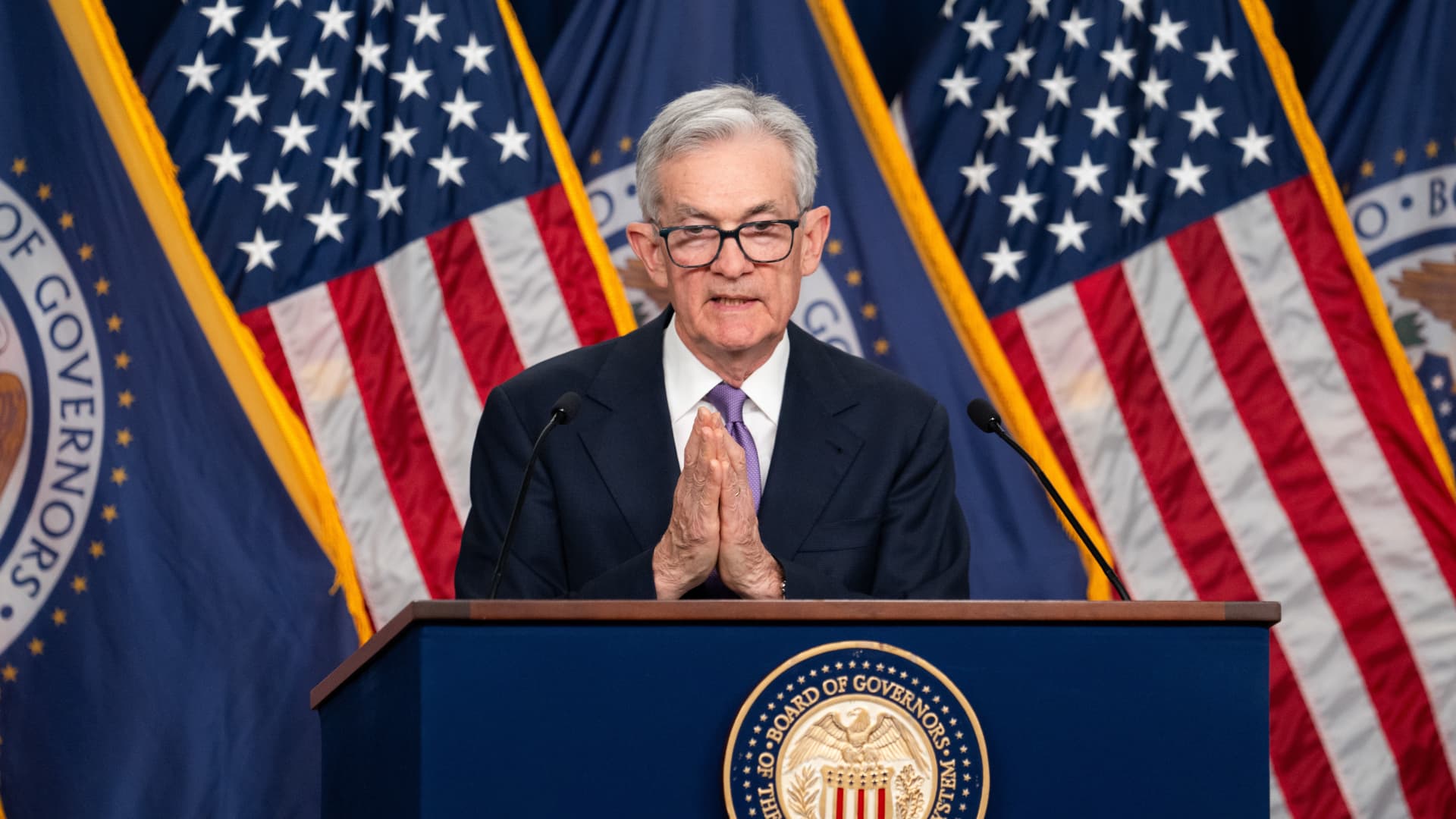Fed’s Steady Rates Keep Wall Street on Edge, Raising Questions for Consumers
Despite a seemingly robust economy and a resilient stock market, the Federal Reserve’s decision to maintain high interest rates is raising concerns among investors and consumers alike.
Higher-for-Long Uncertainty
Economists are grappling with the implications of the Fed’s “higher-for-longer” stance, with some questioning the sustainability of elevated rates. Earlier market expectations of interest rate cuts have evaporated, leaving uncertainty about when and how the Fed will ease monetary policy.
Analysts point to recent statements by Fed Chair Jerome Powell and other policymakers, who have reiterated that rate cuts are not on the immediate agenda. This revelation has sent shockwaves through Wall Street, with the S&P 500 shedding 5.5% amid a recent sell-off.
Financial Markets Resilience
Despite fears of a sharp market correction, financial markets have largely held up, with the S&P 500 index still up 6.3% year-to-date. Quincy Krosby, chief global strategist at LPL Financial, emphasizes that upcoming earnings reports will shed light on the impact of higher rates on corporate profitability.
Historical Precedents
History offers mixed perspectives on the consequences of a hawkish Fed. On the one hand, higher rates typically accompany economic growth, as was the case during the last period of Fed aggression under then-Chair Paul Volcker. On the other hand, aggressive rate hikes have also been associated with economic recessions.
However, the current scenario differs significantly from past instances, as the Fed is hiking rates in a robust growth environment where GDP is expected to accelerate at a healthy pace. This unprecedented situation has economists questioning the applicability of historical precedents.
Economic Impact
While the direct impact of Fed policy on the broader economy is a matter of debate, David Kelly, chief global strategist at J.P. Morgan Asset Management, contends that monetary policy plays a lesser role than the Fed believes. He argues that monetary tightening has had a limited impact on inflation, which remains stubbornly above the Fed’s 2% target.
Government Spending Shadows
The impact of Fed policy is further complicated by the surge in government spending and the subsequent rise in the national debt. The federal budget deficit is on track to exceed trillion in 2024, and higher interest rates are pushing up net interest payments on the debt.
Economists like Troy Ludtka of SMBC Nikko Securities America suggest that government largesse has shielded the economy from the full impact of rising rates. However, he warns that a “cliff effect” may be approaching, where the Fed will eventually be forced to cut rates due to pressure on consumers, particularly those in lower income brackets.
Outlook and Implications
As the Fed maintains its higher-for-longer stance, investors and consumers are left to navigate an uncertain environment. Rate cuts may not be forthcoming in the immediate future, and the long-term trend of rates remains subject to debate.
In the meantime, market volatility and economic uncertainty are likely to persist, making it crucial for businesses, investors, and consumers to exercise caution and adapt to the evolving financial landscape.
Data sourced from: cnbc.com























